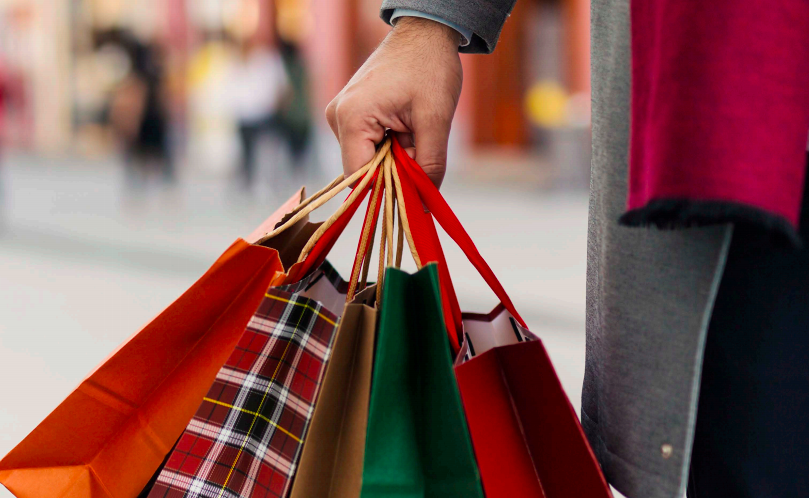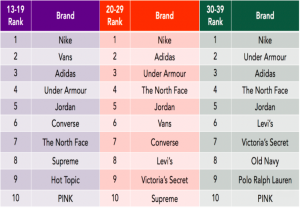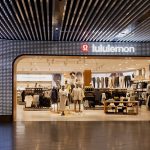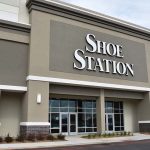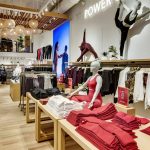Studies arrived last week including Nike dominating apparel brands’ preferences, mixed views on social commerce, AI benefits to supply-chain efficiency, wide-ranging checkout opportunities and free delivery’s expanding appeal as well as another merry holiday forecast.
Nike Paces Preferred Apparel Brands
Nike is the preferred apparel brand across the 13-19, 20-29 and 30-39 age ranges, according to a study conducted by youth research firm Ypulse, outlined in a post from Benzinga. The brands were ranked by four factors: Personality, Relevance, Influence and Momentum. Under Armour came in the second with the 30-39 crowd while Adidas was second with the 20-29 age group. Vans came in second among the 13-19 younger Gen-Z crowd followed by Adidas and Under Armour. The North Face, Jordan, Supreme and Converse also ranked high.
Source: Ypulse
Shoppers Have Mixed Views on Social Commerce
Fifty-eight percent of consumers agree social media influences their purchasing decisions today, compared to 45 percent in 2016, according to SUMO Heavy’s 2018 Social Commerce Survey. Yet despite the recent hype around social commerce, 82 percent of consumers have yet to transact using social buy buttons or other forms of social commerce. Eighty percent of shoppers are familiar with social commerce, but security and privacy concerns keep them from transacting. Chatbots are gaining favor as a trusted resource: 72 percent of people who have used chatbots find them to be helpful and informative. Better yet, 74 percent of shoppers are now open to making a purchase through a chatbot, compared to 55 percent in 2016.
Retailers Turning to AI for Supply Chain Efficiency AI Adoption
According to Symphony RetailAI’s Strengthening the Retail Supply Chain survey of North American retailers, one in three supply chain professionals claim to have incorporated AI capabilities into their supply chain management processes, and one in four is working toward that goal. The study finds some looking to AI solutions to help manage issues such as disparate, disconnected systems and poor demand forecasting accuracy. Nearly two thirds of retail supply chain professionals struggle with disconnects between systems The majority of retailers surveyed have confidence in their allocation and inventory planning software, but 48 percent rate their forecasting technology as average to very poor.
Holiday Spending Surge Expected
More than 80 percent of consumers plan to spend the same or more on gifts this holiday season than they did in 2017, according to OpenX’s 2018 Holiday Survey compiled by The Harris Poll. The majority of consumers believe the economy is doing better today than it was a year ago, and 75 percent say it will improve over the next year. The survey also identified a significant shift away from retail stores to mobile commerce. One out of four consumers make mobile purchases weekly from bed at night, and 10 percent are using smart speakers to help research purchases.
Smooth Checkout Critical to In-Store Experience
Among a survey from Popspots, nearly 50 percent of consumers rank checkout as the primary influencer of their in-store experience, with 70 percent citing it as one of the most important factors shaping their perception of a store. Eighty-eight percent said a bad checkout experience negatively impacts their perception, and nearly four out of five agreed it would make them less likely to shop with that store or brand in the future. More than one in three shoppers say they are more influenced to purchase products at the checkout than anywhere else in store. Fifty-six percent said they would be more likely to engage with a brand after seeing an ad for it in a retail checkout line.
Free Outranks Fast Around Online Delivery Preferences
Ninety percent of consumers highly value free returns when making online purchases with 91 percent indicating free shipping influences future purchases, according to Dotcom Distribution’s annual eCommerce study. Sixty-two percent would buy again from a brand offering free returns/exchanges, while a slightly-higher 67 percent are likely to add items to their cart to receive free shipping. Only 25 percent of 2018 respondents would pay extra for faster shipping—in sharp contrast to the 47 percent who’d have paid up to $9 more for faster delivery in 2016.
Photo courtesy OpenX

